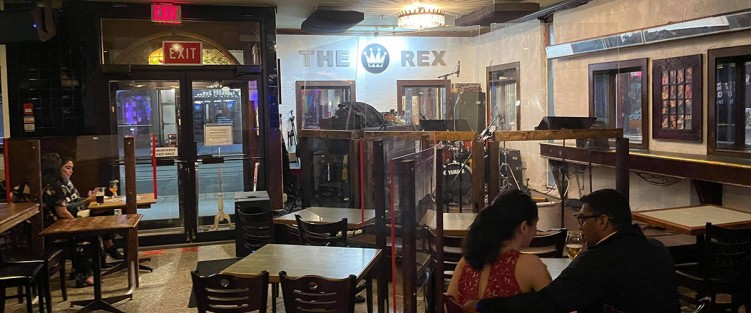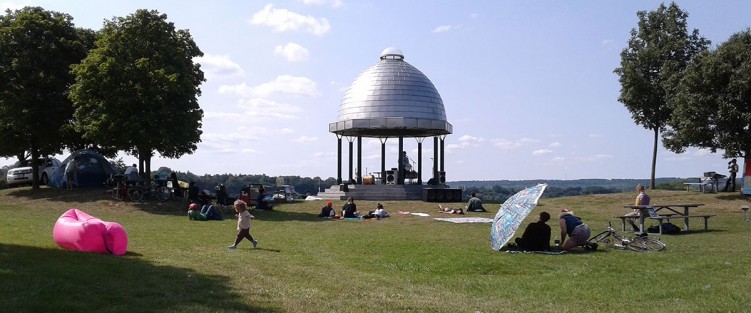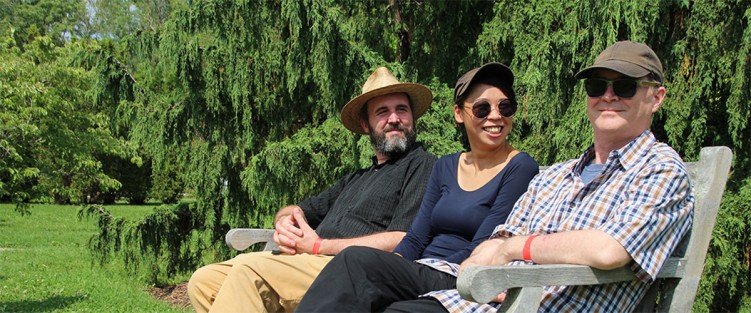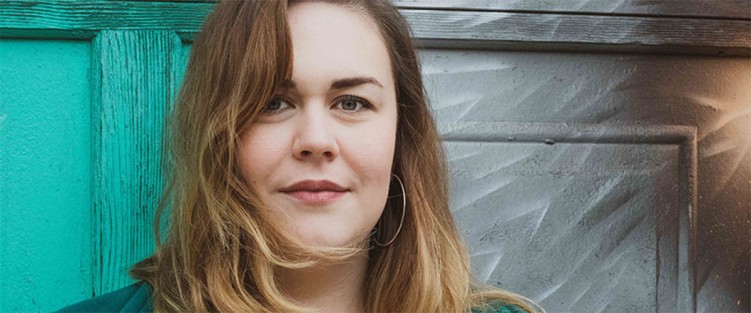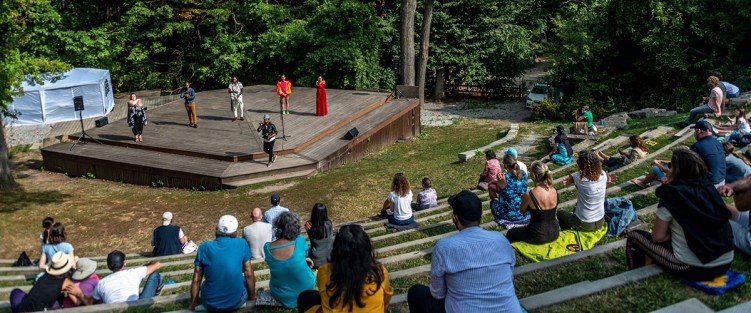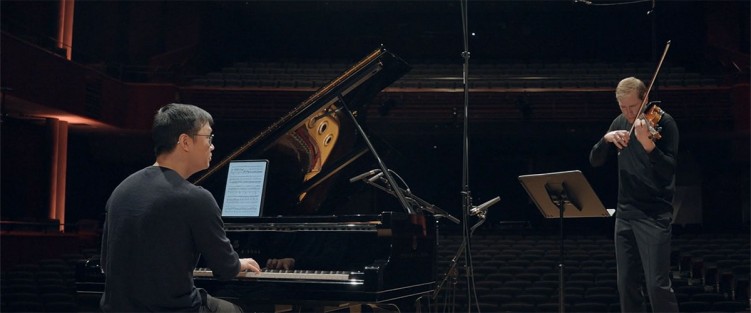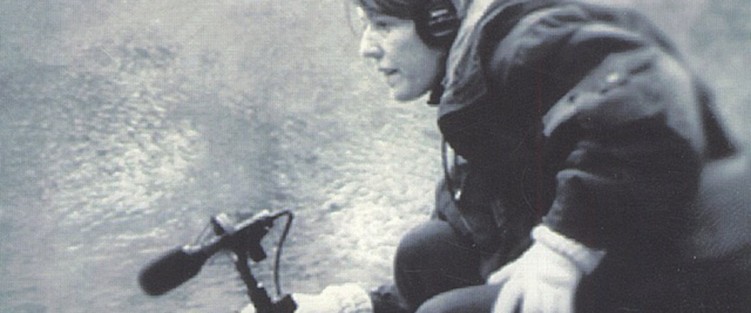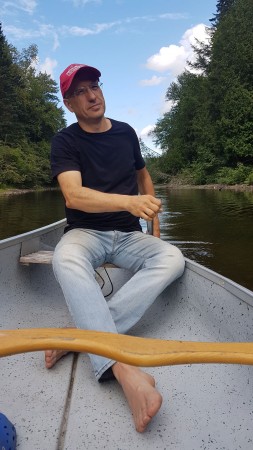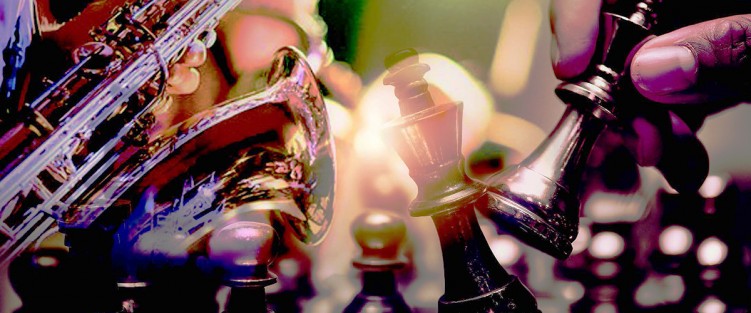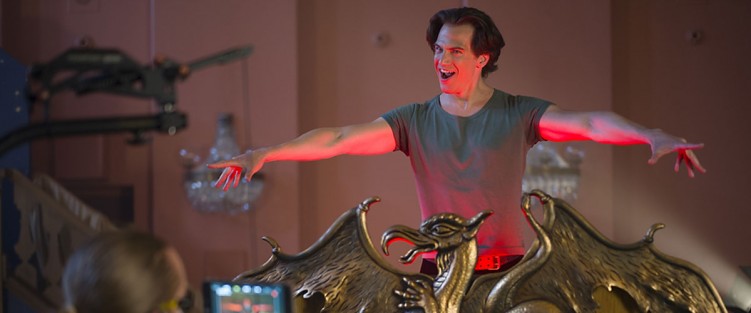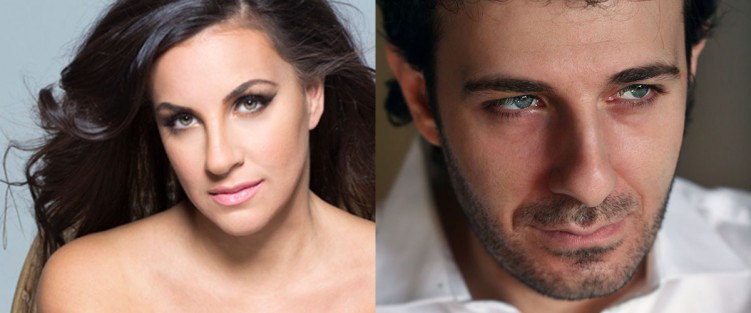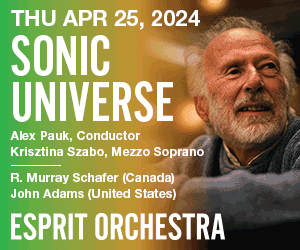Take the plunge now? Or wait and see?
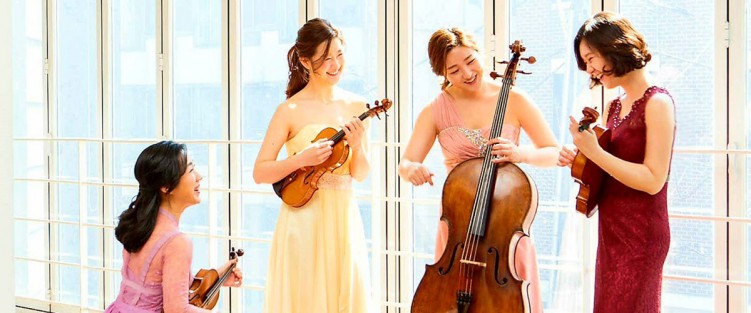 As various musical presenters of all sizes either hunker down for another few months or take a deep breath and take the plunge for a return to live concertizing, it’s particularly heartening to see Music Toronto, going into their 50th season, among those diving right in. So I started out by speaking to Music Toronto’s artistic producer, Jennifer Taylor, for her take on the new season.
As various musical presenters of all sizes either hunker down for another few months or take a deep breath and take the plunge for a return to live concertizing, it’s particularly heartening to see Music Toronto, going into their 50th season, among those diving right in. So I started out by speaking to Music Toronto’s artistic producer, Jennifer Taylor, for her take on the new season.
WN: With the Parker Quartet opening the strings section of your season on October 21 and David Jalbert opening the piano portion on October 26, I wonder if you can tell me how you approached building your line-up for this special anniversary. You must have acted during the depths of the pandemic.
JT: We originally planned years 49 and 50 together – 2020/21 and 2021/22 – choosing many artists we considered friends of the house, so much of the planning was done before the pandemic. Then COVID meant we cancelled all of 2021/22. So some artists – such as Stephen Hough, Vanessa Benelli Mossell and the Miró Quartet – we had planned in 2020/21 we asked to move to 2021/22.
We always welcome back the St. Lawrence Quartet and the Gryphon Trio; we also wanted to include the Lafayette and Ensemble Made in Canada. The legendary Juilliard are enjoying a renaissance in the 75th year of the franchise, and the young all-female Korean quartet, the Esmé, fulfil our mandate to always introduce new artists to Toronto. The Parker gave us a bright and energetic opening, and we asked David Jalbert to play the work we commissioned from Kelly-Marie Murphy for our 50th.


